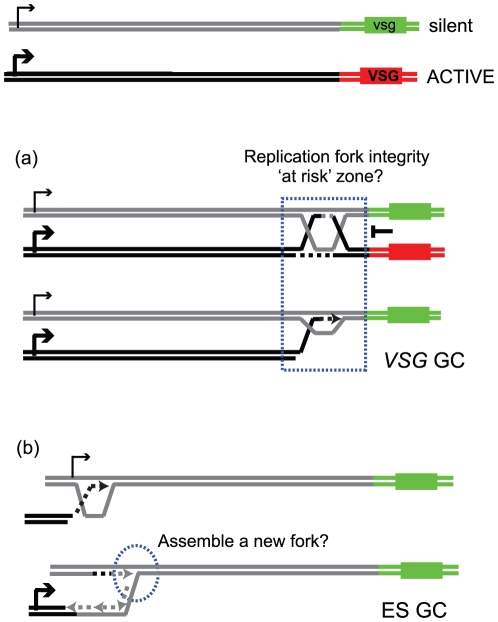Figure 7. Multiple genetic networks in recombination-mediated VSG variation.
The diagram shows the active ES (ES1) expressing VSG (red) and a silent ES containing vsg (green). RMI1 deficiency exhibited opposite phenotype in VSG-GC and ES GC switching, suggesting that molecular mechanisms of these events are distinct. We propose that there may be ‘replication fork instability zone(s)’ near VSG, potentially the 70-bp repeats, but not in ES promoter region. The RMI1-TOPO3α is required to dissolve recombination intermediates arising in this zone during replication. When their function is compromised, recombination intermediates accumulate and result in VSG-GC and crossover switches (a). RMI1 is required to promote ES GC. As ES GC requires extension of much longer regions compared to VSG GC, having a stable replication fork must be advantageous than having a migrating D-loop. Budding yeast SGS1 is required for replisome stability. Therefore, we propose that T. brucei RMI1-TOPO3α might stabilize a newly assembled replication fork between the active and a silent ES near promoter region. Formation of a stable replication fork may be the key step to generate ES GC switching (b).

